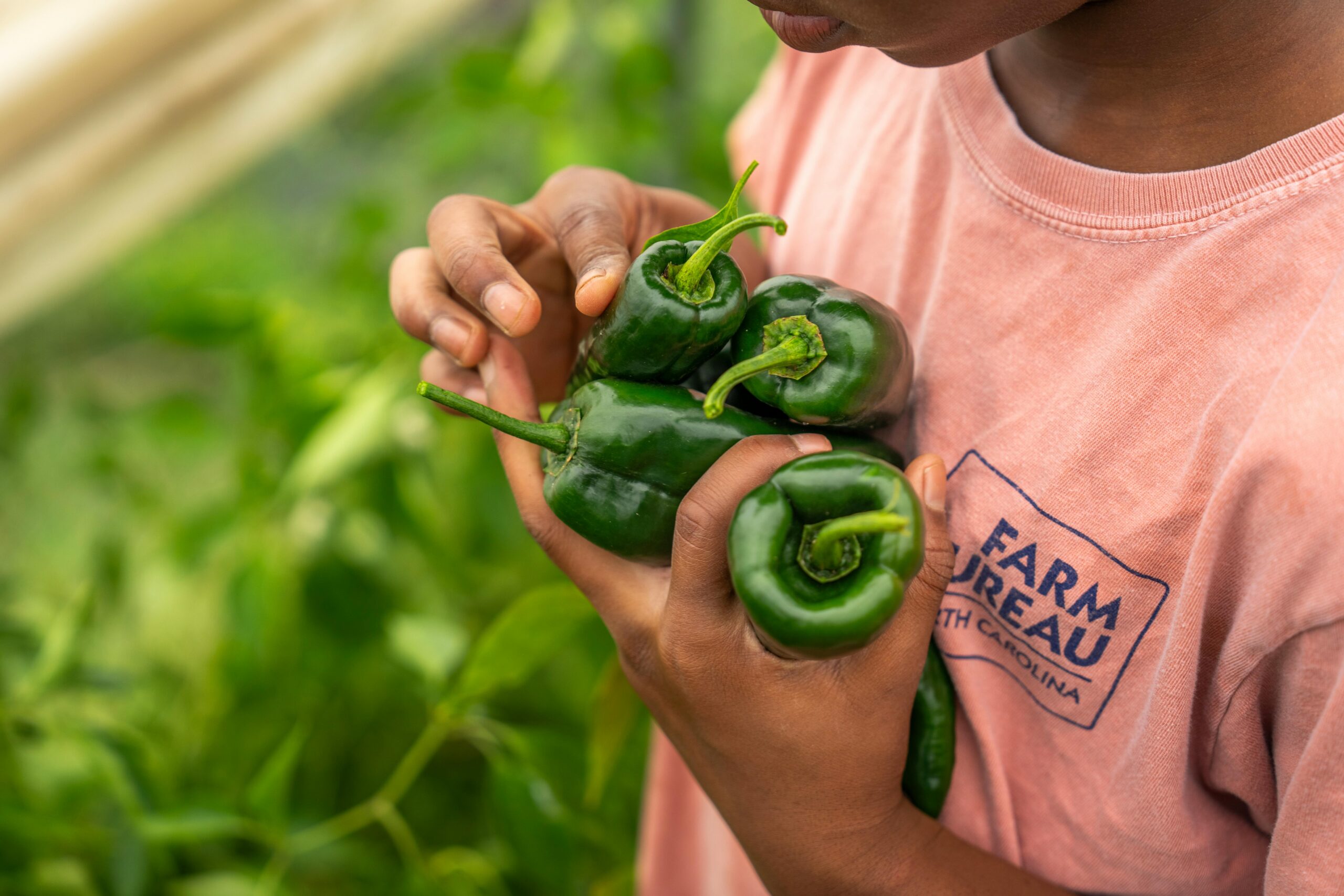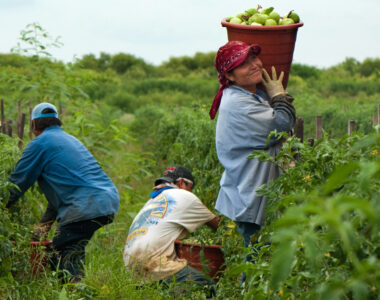
Slashing agriculture funding threatens more than just research programs — it puts America’s food security, rural economies, and global competitiveness on the line.
Over the last two decades, federal investment in agricultural research has dropped nearly 30%. At the same time, countries like China, Brazil, India, and the European Union have increased their research budgets. China alone now invests more than $10 billion a year in agricultural research — more than double what the U.S. spends.
If the U.S. keeps slashing agriculture funding, American farmers will struggle to compete, rural communities will suffer, and families will face higher food costs.
What Happens When We Cut Agriculture Research?
Farmers depend on research to produce affordable, safe, and nutritious food. Public funding drives innovations that help farmers grow higher-yielding crops, fight pests and disease, and adapt to drought, floods, and extreme weather.
The U.S. funds more than two-thirds of agricultural research through federal programs. These funds support land-grant universities, research labs, and local extension programs that reach farmers across every state. In North Carolina, N.C. State and N.C. A&T universities received $456 million in USDA research grants from 2018 to 2023. That funding helps farmers improve crops, livestock, and farm practices.
Slashing agriculture funding means fewer resources to develop crops like sweet potatoes, peanuts, strawberries, and specialty plants that thrive in North Carolina. Without federal support, many of these programs would disappear, and small farms would lose access to the tools they need to survive.
Cutting Funding Hurts the Economy
Every $1 invested in agricultural research returns $20 to the economy. When we cut research budgets, we weaken one of the most productive sectors in the U.S. — agriculture and agribusiness. In North Carolina alone, this sector generates $111 billion annually.
Slashing agriculture funding doesn’t just affect farmers — it hurts every consumer. Without ongoing research, food production slows, prices rise, and U.S. farms lose ground to global competitors like China, who are investing heavily in agricultural innovation.
Why Private Industry Can’t Close the Gap
Private companies focus on fast returns, but agricultural breakthroughs often take decades. Research into better crops, sustainable livestock practices, and climate resilience requires long-term, stable investment.
When we cut public research programs, private industry can’t fill the gap. Farmers lose access to the knowledge and innovations they need to stay competitive and sustainable.
The Snowball Effect of Slashing Agriculture Funding
Every cut in agricultural research chips away at America’s ability to feed itself. Once we lose our competitive edge and food security, we may never get it back. Other nations will set the pace for agricultural innovation, and U.S. farms will fall behind.
Slashing agriculture funding creates a snowball effect: fewer resources for farmers, weaker rural economies, higher food prices, and lost market share in global agriculture.
The solution is simple — invest in the research and development that keeps our food system strong, our farmers competitive, and our communities thriving.



